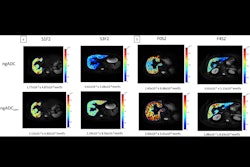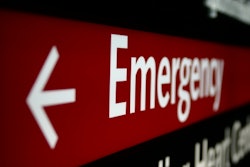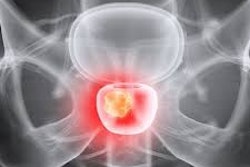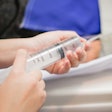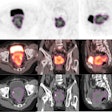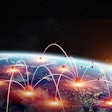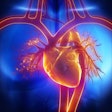More in Home
Editorial criticizes breast screening guidelines, ACR responds
February 6, 2024
Is interventional radiology ready for augmented reality?
February 6, 2024
CEM image quality unaffected by iron particles from tracers
February 6, 2024
New tau PET tracer shows promise in Alzheimer’s disease patients
February 5, 2024
COVID-19 set back Alzheimer’s disease research
February 5, 2024
PET/CT radiomics predicts outcomes in women with cervical cancer
February 2, 2024
Cancer screening hasn't rebounded to prepandemic levels
February 2, 2024
Can robots transform U.S. medical isotope production?
February 2, 2024
Use CT first to triage chest pain patients for revascularization
February 1, 2024
FDA defines 'transparency' for AI medical devices
February 1, 2024

